$US9.3 Billion Spent to Protect Watersheds in 2008, Report Says
A report by researchers at Ecosystem Marketplace is the first to catalogue the dollar value of payments to landowners for watershed protection.
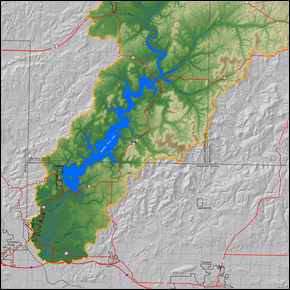
Payments to landowners for protecting water quality are gaining global popularity, especially in China, Latin America and the United States, with ecosystem service transactions totaling $US9.3 billion in 2008, according to a report by Ecosystem Marketplace, an environmental market research organization.
The report is the first attempt to quantify the amount of money spent in nascent water quality markets, said lead author Tracy Stanton. Meanwhile the value of water quantity markets is already well-established: Australian water markets alone traded $US2.37 billion in quantity rights in 2008.
“Transaction data [for water quality] is some of the hardest to find,” Stanton told Circle of Blue. “It is not widely reported.”
Researchers used a broad definition of environmental markets, including any exchange between a buyer and a seller with that aimed to improve a watershed service. Two major market categories were identified: payments for watershed services and water quality trading.
Payments are more widespread and involve direct transactions with landowners. Trading involves placing a limit on pollutants and granting permits for discharge, much like carbon trading schemes, which had a market value of $US117 billion in 2008.
Governments, non-governmental organizations, private companies and voluntary groups are all involved to some degree in establishing ecosystem markets. Stanton said that a number of people interviewed from several countries during told the research group that the market-based approach helped to bring together people who would not normally cooperate, which happened because of a change in perception.
“With a market system we start from a point of shared stewardship instead of being told by the government to meet a permit volume,” Stanton said.
In 2008 there were 113 watershed programs actively making payments out of 213 identified programs, and there were 14 active water quality trading programs out of 72 identified programs. The report estimates that these programs protected 289 million hectares, roughly the size of Argentina, with China accounting for more than 90 percent of the land area protected.
China made the greatest leap in the value of transactions, increasing from more than seven-fold in eight years. Nearly 40 percent of that money comes from the Chinese government’s Conversion of Cropland to Forests and Grassland program.
The report also identifies Latin America as a region of particularly robust and collaborative market-based protection programs. Stanton said this comes from a history of interest in environmental protection in the region in the absence of strong regulations.
Despite expansion of markets, they can be most successful when coupled with government policies that set water quality standards and prioritize water quality. Governments can also set quality monitoring regulations so that desired gains are actually achieved.
“Monitoring is a tricky thing,” Stanton said. “It’s not as big a problem in water quality trading because big facilities have permits and are required to report, but it’s a difficult issue in payment for watershed services.”
“There is not a lot of hard data that shows improvement in water quality or flow,” she added. “This needs to be a focus in the next stage – establishing performance metrics for providers to show ecosystem improvement. We are not there yet.”
Sources: Ecosystem Marketplace
Brett writes about agriculture, energy, infrastructure, and the politics and economics of water in the United States. He also writes the Federal Water Tap, Circle of Blue’s weekly digest of U.S. government water news. He is the winner of two Society of Environmental Journalists reporting awards, one of the top honors in American environmental journalism: first place for explanatory reporting for a series on septic system pollution in the United States(2016) and third place for beat reporting in a small market (2014). He received the Sierra Club’s Distinguished Service Award in 2018. Brett lives in Seattle, where he hikes the mountains and bakes pies. Contact Brett Walton


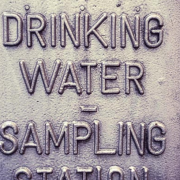
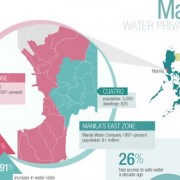
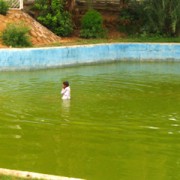


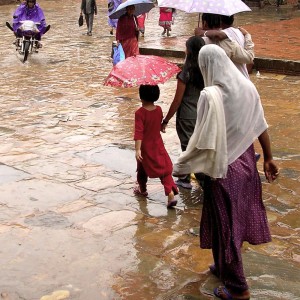
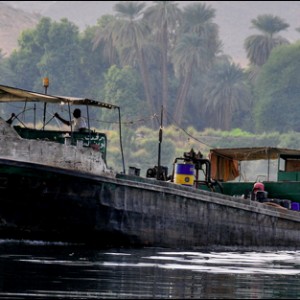
Leave a Reply
Want to join the discussion?Feel free to contribute!